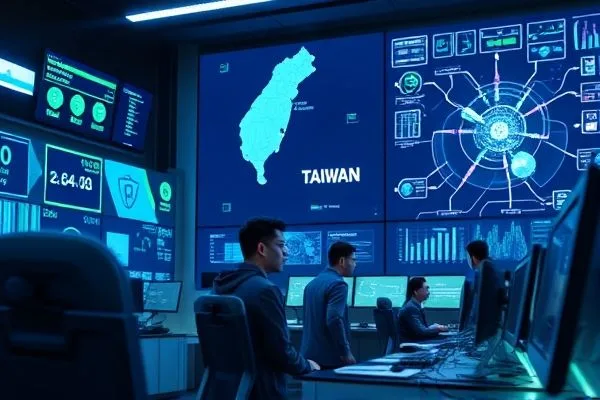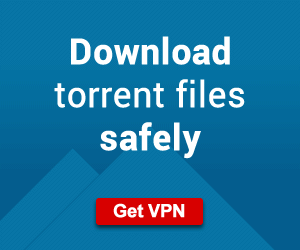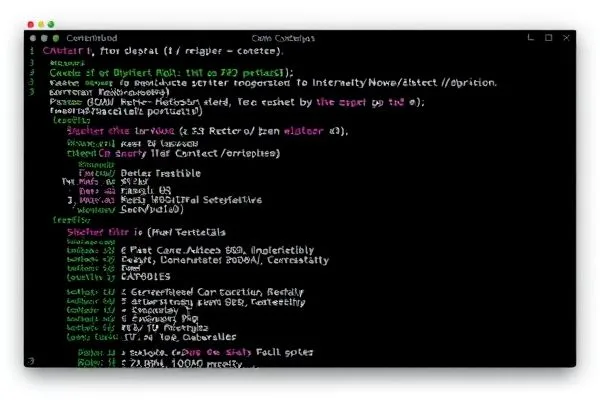Cybersecurity is a pressing concern, particularly regarding the increasing sophistication of threat actors like UAT-5918. This group has been focusing on Taiwan’s critical infrastructure, exploiting vulnerabilities to establish persistent access and engage in extensive information theft. Their methodology revolves around the use of web shells and various open-source tools, marking a significant evolution in cyber threats.
Key Takeaways:
- ✅ UAT-5918 is targeting critical infrastructure in Taiwan, employing advanced techniques for long-term information theft.
- ✅ The threat actor utilizes web shells and open-source tools, showcasing the need for updated security measures.
- ✅ Their methods include leveraging security flaws in unpatched systems, highlighting the importance of timely software updates.
- ✅ Strategic mitigation strategies are essential for organizations to defend against robust APT groups like UAT-5918.
Threat Landscape Overview
The rise of UAT-5918 illustrates the evolving nature of cyber threats, particularly against critical infrastructure. This group is assessed as an advanced persistent threat (APT), indicating their ability to maintain prolonged access to victim environments. The group shares tactical similarities with various known Chinese hacking crews, including Volt Typhoon and Flax Typhoon, indicating a larger, coordinated effort targeting specific sectors.
This group is particularly aggressive in its pursuit of vulnerabilities. Initial access is often gained by exploiting N-day vulnerabilities in unpatched web servers or applications. Once they breach a system, UAT-5918 drops various open-source tools to conduct reconnaissance and establish further control over the network. The method of operation emphasizes a multi-layered approach to reconnaissance, which is crucial for organizations to understand.
Post-Compromise Strategies
Once UAT-5918 gains a foothold, they deploy complex post-exploitation strategies. Tools such as Fast Reverse Proxy (FRP) and Neo-reGeorge enable them to create reverse proxy tunnels, granting access to compromised systems via control over remote hosts. Moreover, employing credential harvesting tools like Mimikatz, LaZagne, and BrowserDataLite allows them to extract sensitive information rapidly. This collection of intelligence facilitates deeper infiltration, often leading to more significant data breaches.
UAT-5918’s technique is not merely automated; it involves manual processes to determine valuable data, reflecting a heightened intent for data theft. They systematically enumerate local and shared drives, seeking sensitive information to exploit. Deployment of web shells further enhances their ongoing access and ability to manipulate victim systems, rendering traditional security protocols inadequate.
Conclusion
To combat the threat posed by actors like UAT-5918, organizations must implement effective security posture strategies, including regular updates and vigilance against known vulnerabilities. The enduring threat of cyber actors targeting critical infrastructure demands that businesses enhance their defenses and remain proactive in their cybersecurity practices.
Frequently Asked Questions
- What is UAT-5918? UAT-5918 is a threat actor targeting critical infrastructure in Taiwan with advanced persistent threat capabilities.
- How do they infiltrate systems? They exploit unpatched security vulnerabilities and employ open-source tools for reconnaissance and control.
- What are the implications of their activities? Their operations highlight vulnerabilities in critical infrastructure sectors and emphasize the need for stringent cybersecurity measures.
- What can organizations do to protect themselves? Regularly update software, conduct vulnerability assessments, and increase awareness about emerging threats.









